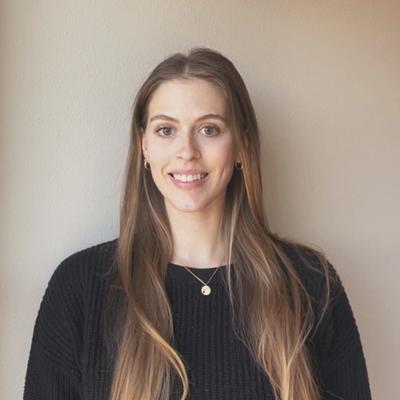Quantitative Approaches to Understanding Microbial Response to Anthropogenic Change
EDS Seminar Speaker Series. Robert Ramos discusses Quantitative Approaches to Understanding Microbial Response to Anthropogenic Change
Title: Quantitative Approaches to Understanding Microbial Response to Anthropogenic Change
Speaker: Robert Ramos, postdoctoral associate at the Environmental Data Science Innovation & Inclusion Lab at the University of Colorado Boulder.
Abstract: Anthropogenic drivers are altering our landscapes. Conversions in land use have caused losses in biodiversity, and changing climate is altering stream flow regimes. Prairies are an ecosystem that have experienced widespread degradation due to conversion to agriculture, and restoration efforts have struggled to reestablish previous levels of plant biodiversity. Streams that once flowed year round are increasingly experiencing periodic drydowns, which have unknown impacts on water quality. Microbial communities play an important role in shaping ecosystem response to these changes. In this presentation, I will examine the role of microbial communities in shaping plant biodiversity of restored prairies. I will also present data on how microbial communities are responding to changing stream flow regimes resulting from climate change. Understanding the role microbes play in mediating ecosystem response to anthropogenic drivers will allow for better land management and policy making.
Speaker Bio: I am a quantitative ecologist studying terrestrial and aquatic microbiomes. My work focuses on species interactions and mutualisms, how changes in the microbiome community structure affects community function, applying microbial ecology to ecosystem management practices, and modeling patterns of species diversity at geographic scales. A quantitative approach to research appeals to me because it leverages novel analytical approaches, and allows for a highly multi-disciplinary, collaborative approach. In my past work, I have looked at questions of microbial distribution and community structure across stream networks utilizing techniques for analyzing directed acyclic graphs. Much of my research has also focused in the evolution and persistence of symbiotic relationships. Mycorrhizal fungi are a vital vital part of the soil community with strong symbiotic relationships with many prairie plants. My current research hopes expand the understanding the spatial patterns and niche characteristics of Arbuscular Mycorrhizal (AM) fungi utilizing niche modeling techniques.

